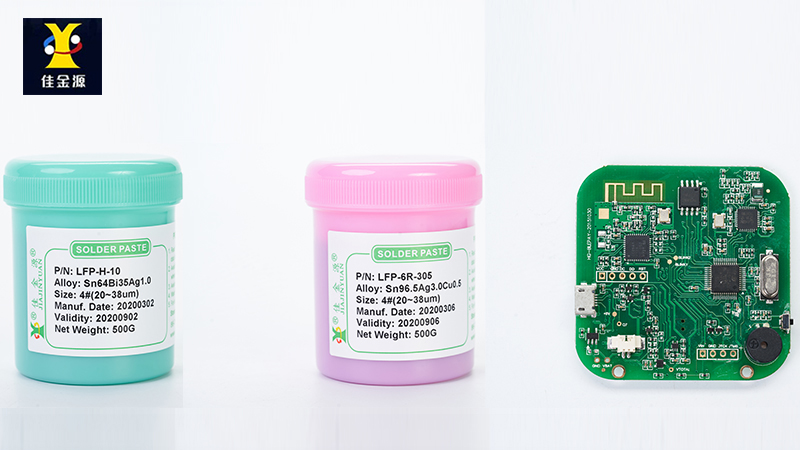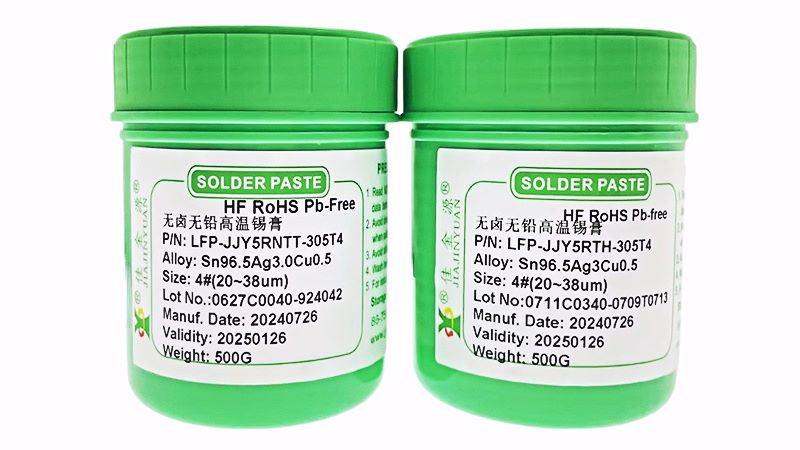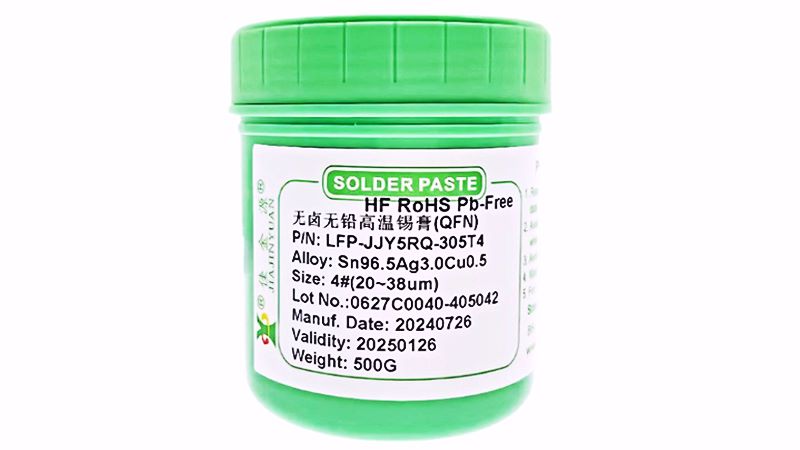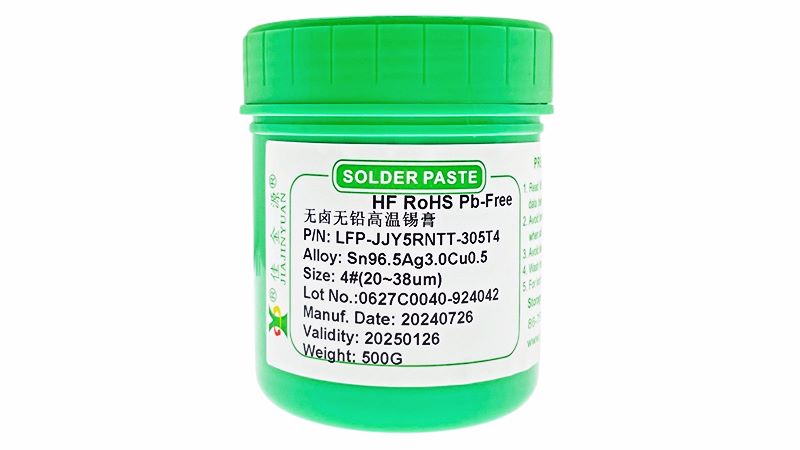inSMTDuring the surface mount technology (SMT) processing, many faults may occur, such as soldering and printing, etc. According to incomplete statistics,60%All the defects come from solder paste printing, so it is guaranteedPCBAThe foundation of product quality is guaranteeSolder pastePrinting quality. Now, let's have the solder paste manufacturer summarize for everyone what to avoidSMTWhat measures can be taken to deal with printing malfunctions? I hope this can be helpful to everyone:

I. Common Printing Defects
1Sharpening after printing;
2The printing thickness is inconsistent;
3There are depressions after printing.
4There are burrs on the edges or surfaces after printing.
Ii. Solutions for Defects
1Sticking: It refers to the phenomenon where there are small slopes of solder paste on the printed pads, usually caused by inappropriate gaps in the squeegee or an increase in the viscosity of the solder paste. The occurrence of sharpening can be reduced by moderately reducing the gap of the scraper or preferently selecting solder paste of appropriate viscosity for printing.
2Inconsistent thickness: It refers to the inconsistent thickness of the solder paste on the surface of the pad after printing. The cause of this phenomenon may be that the printing template is inconsistent withPCBAThe circuit board is not parallel. It may also be because the particles of solder paste are too large or unevenly distributed, affecting the operation of the scraper. Printing can be carried out by adjusting the orientation of the template and the circuit board, or by selecting high-quality solder paste.
3Indentation: It refers to the indentation of the solder paste on both sides of the pad after printing. Generally, the causes of this phenomenon include: excessive pressure from the squeegee and being printedPCBUnstable precise positioning of the plate, low viscosity of the solder paste or low content of metal materials. It can be adjusted by adjusting the pressure of the scraperPCBThe positioning of circuit board printing and the selection of high-quality solder paste materials should be avoided.
4Burrs: It refers to the presence of burrs on the printed circuit board, which is not smooth. This situation may occur if the viscosity of the solder paste is too low or the hole walls of the template openings are not smooth enough. The phenomenon of burrs on the edges after printing can be avoided by selecting high-quality solder paste or checking the smoothness of the hole walls when opening holes in the steel mesh.
As a 15-year-old veteran solder paste manufacturer, JJY has been committed to the research and development, production and sales of solder paste. The quality of the solder paste is stable, without solder bonding, false soldering or establishing a reputation. No residue, Wuxi beads, bright, full, firm solder joints with excellent electrical conductivity. If you have any needs, please feel free to contact us.





 Tel:+86 0755 88366766
Tel:+86 0755 88366766 Phone:+86 18938660310
Phone:+86 18938660310 Email:sales@jjyhanxi.com
Email:sales@jjyhanxi.com Address:13/F,12/F, Building No. B,Qinghu Technology Park,Qingxiang Rd.,Qinghu Community, Longhua Subdistrict,Longhua District,Shenzhen City,GUANGDONG Province,P.R.C.(518027)
Address:13/F,12/F, Building No. B,Qinghu Technology Park,Qingxiang Rd.,Qinghu Community, Longhua Subdistrict,Longhua District,Shenzhen City,GUANGDONG Province,P.R.C.(518027) Guangdong Public Security Backup 44030902002666 name
Guangdong Public Security Backup 44030902002666 name
 WeChat
WeChat WeChat official account
WeChat official account
